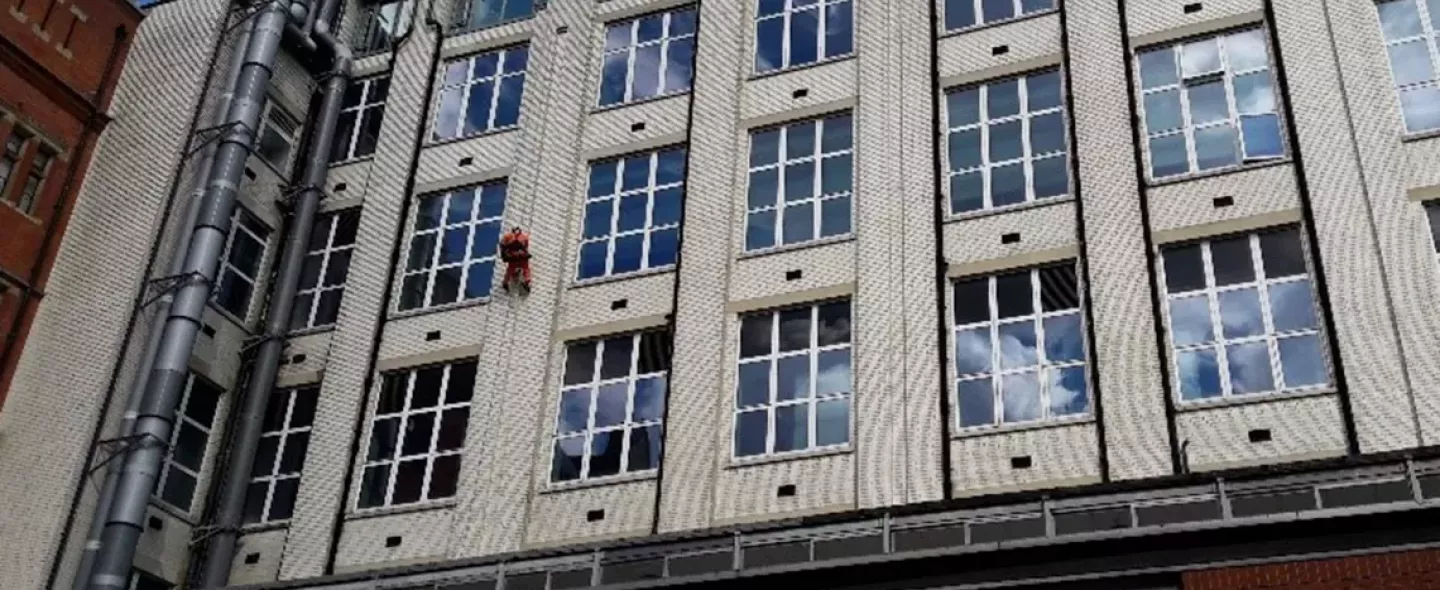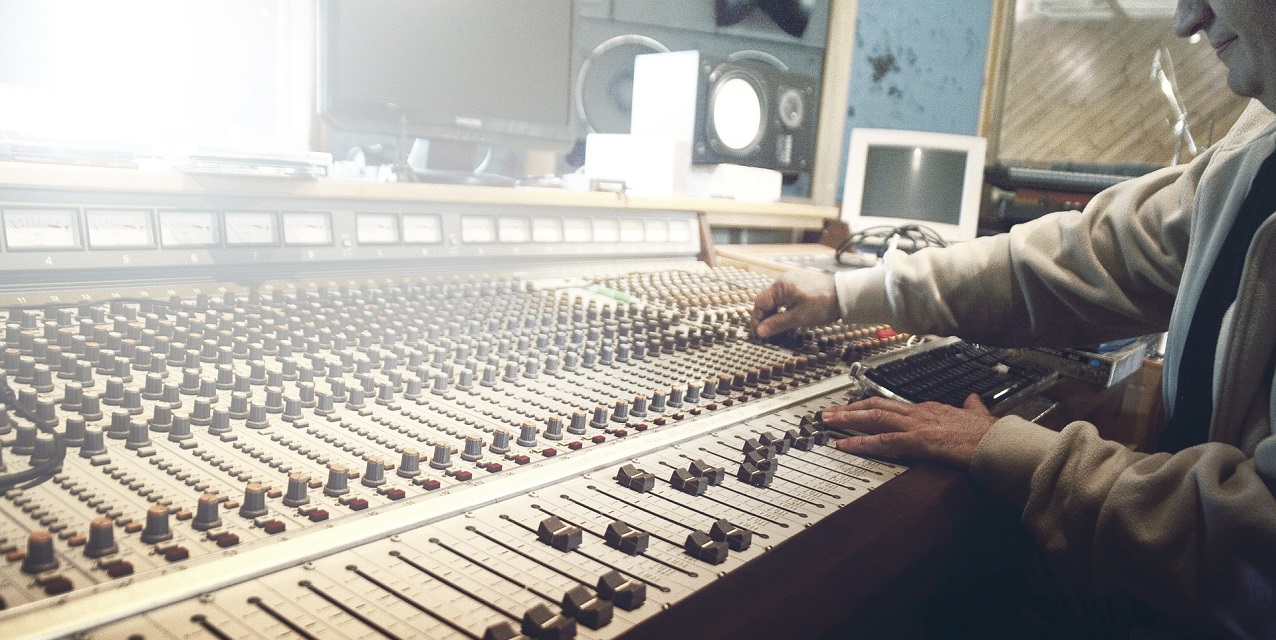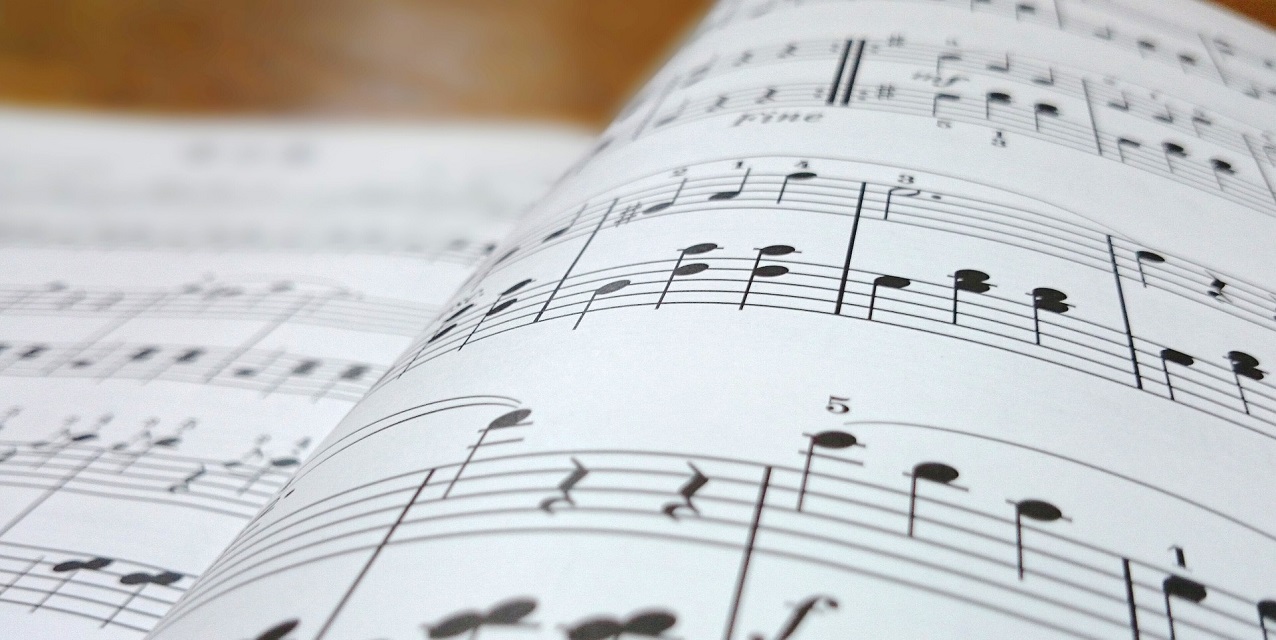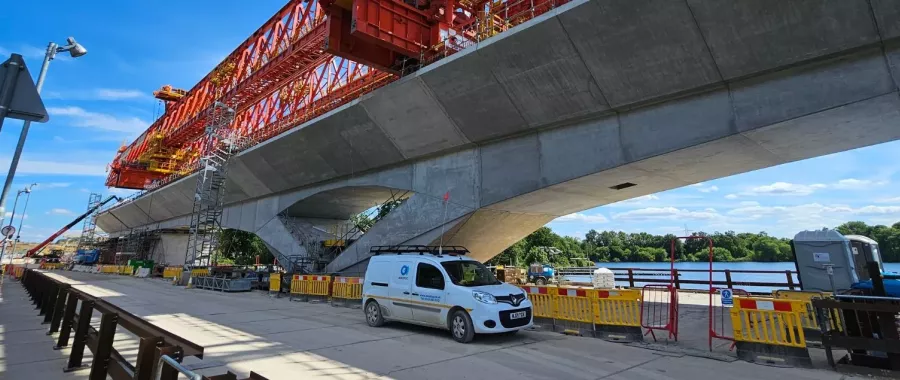Since 1882, the Royal College of Music (RCM) has been expanded and extended to house a growing number of pioneering musicians and cutting-edge technologies.
Summary of Works
Client – Gilbert-Ash/Royal College of Music
End Date: 2020

Case Study
Project Details
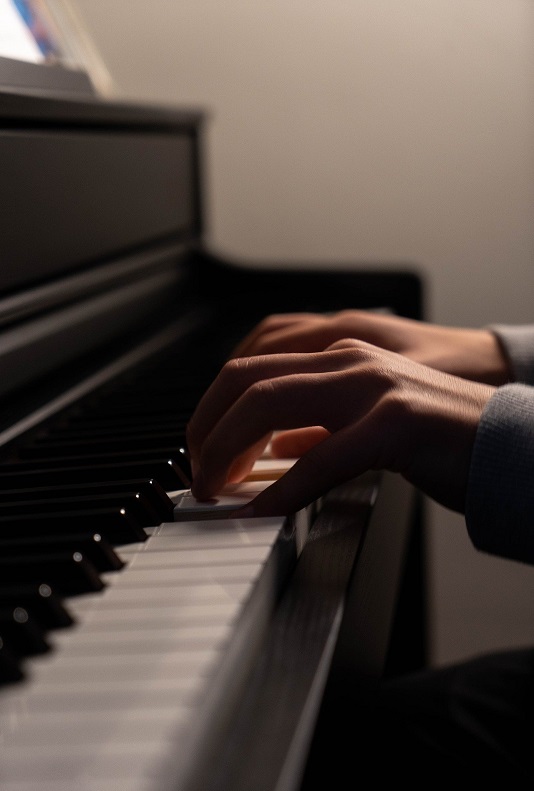
ITM Monitoring, now SOCOTEC Monitoring UK Ltd, were approached by main contractor, Gilbert-Ash, to monitor the complex facades of the buildings surrounding the Royal College of Music’s latest extension, as part of their ‘More Music’ initiative.
With an expected completion date of 2020, the 2,300sq metre development faces the Royal Albert Hall and is surrounded by fine residences and Imperial College London’s Royal School of Mines. The development works comprise demolition of RCM’s existing museum, corridors and percussion suite, with a view to installing a new café, bar, museum, open social spaces with a triple-height atrium, additional student practice rooms, recording control room and two flexible performance venues.
Using a combined approach of automated 3D movement monitoring by Robotic Total Stations (RTS) and prisms, electrolevels and back-up manual monitoring, ITM is monitoring the façades of the RCM’s surrounding buildings twenty four hours a day to understand the effects of the works.
ITM Monitoring, now SOCOTEC Monitoring UK Ltd, were approached by main contractor, Gilbert-Ash, to monitor the complex facades of the buildings surrounding the Royal College of Music’s latest extension, as part of their ‘More Music’ initiative.
With an expected completion date of 2020, the 2,300sq metre development faces the Royal Albert Hall and is surrounded by fine residences and Imperial College London’s Royal School of Mines. The development works comprise demolition of RCM’s existing museum, corridors and percussion suite, with a view to installing a new café, bar, museum, open social spaces with a triple-height atrium, additional student practice rooms, recording control room and two flexible performance venues.
Using a combined approach of automated 3D movement monitoring by Robotic Total Stations (RTS) and prisms, electrolevels and back-up manual monitoring, ITM is monitoring the façades of the RCM’s surrounding buildings twenty four hours a day to understand the effects of the works.
Located on the parapets and outer roof areas of nearby buildings, each RTS is mounted onto a bespoke bracket. Linked to a data logger with an on board GPRS/3G modem, the equipment can be controlled remotely and data reviewed remotely via our web-based online monitoring software, Calyx OMS. In addition, two automated electrolevel beam installations monitor rotational movement of the Royal School of Mines party wall façade, and prism targets are installed on the Advanced Chemical Engineering building, RCM’s Amaryllis Fleming Concert Hall and the South and Blomfield buildings.
As construction of the pile wall for the new double basement levels progresses, dual-level wireless biaxial tilt meters across seven locations of the perimeter will monitor rotational movement. As the excavation progresses, props will be installed and monitored using wireless strain gauges.
ITM’s use of wireless monitoring technologies was highly favoured by Gilbert Ash and structural engineer, Alan Baxter, as it reduces installation time and ensures there are no cables to protect, resulting in less expense for the client. In addition, the sensitive nature of the buildings meant wireless monitoring was advantageous, requiring fewer intrusive fixings.
The scheme will enhance the College’s status as one of the premier destinations for world-class music education and ITM are proud to be part of the dedicated delivery team.

